1. JAMES JOYCE
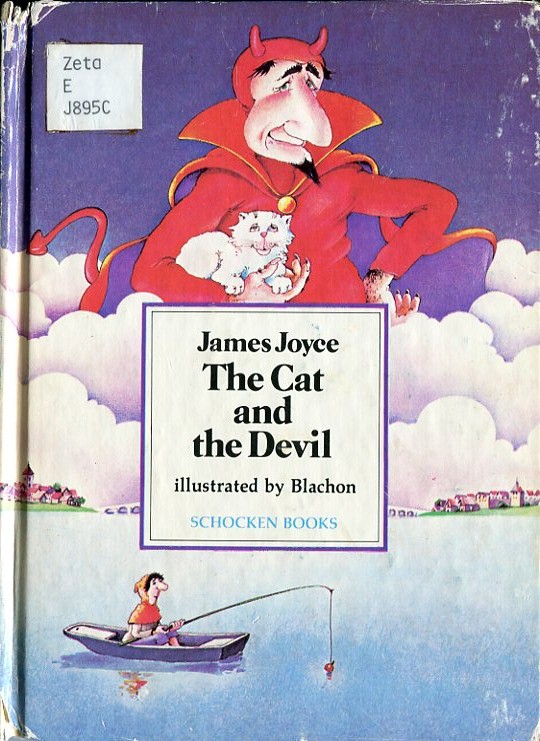 James Joyce may be best known as a poet, playwright, short story writer and novelist. But in an August 10, 1936 letter his grandson, Stephen, Joyce planted the story seeds of what became The Cat and the Devil — a charming children’s picture-book, originally illustrated by French cartoonist Roger Blachon, about the cat of Beaugency and a moral dilemma, a classic fable narrative mixing Irish wit with French folklore, shaken and stirred with Joyce’s extraordinary storytelling.
James Joyce may be best known as a poet, playwright, short story writer and novelist. But in an August 10, 1936 letter his grandson, Stephen, Joyce planted the story seeds of what became The Cat and the Devil — a charming children’s picture-book, originally illustrated by French cartoonist Roger Blachon, about the cat of Beaugency and a moral dilemma, a classic fable narrative mixing Irish wit with French folklore, shaken and stirred with Joyce’s extraordinary storytelling.Joyce’s original letter to “Stevie” can be found in Stuart Gilbert’s 1964 volume, Letters of James Joyce. We Too Were Children has more images, a synopsis and a timeline of different editions.
2. MARK TWAIN
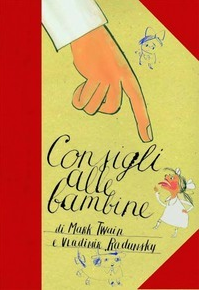 In 1865, legendary satirist Mark Twain did something unexpected — he penned a children’s story, titled Advice to Little Girls, in which he challenged children to digest the kind of intelligent humor and knowledge he was, and still is, known for among his adult audiences. The story was eventually published in The 30,000 Dollar Bequest and Other Stories.
In 1865, legendary satirist Mark Twain did something unexpected — he penned a children’s story, titled Advice to Little Girls, in which he challenged children to digest the kind of intelligent humor and knowledge he was, and still is, known for among his adult audiences. The story was eventually published in The 30,000 Dollar Bequest and Other Stories.This year, Italian publishing house Donzelli Editore released a beautifully illustrated Italian translation of the story, envisioned in the style of the scrapbooks and small albums the children of Twain’s era used for doodling and collecting various curious ephemera.
You ought never to take your little brother’s ‘chewing-gum’ away from him by main force; it is better to rope him in with the promise of the first two dollars and a half you find floating down the river on a grindstone. In the artless simplicity natural to this time of life, he will regard it as a perfectly fair transaction. In all ages of the world this eminently plausible fiction has lured the obtuse infant to financial ruin and disaster.”Vladimir Radunsky has more over at the New York Review of Books.
3. VIRGINIA WOOLF
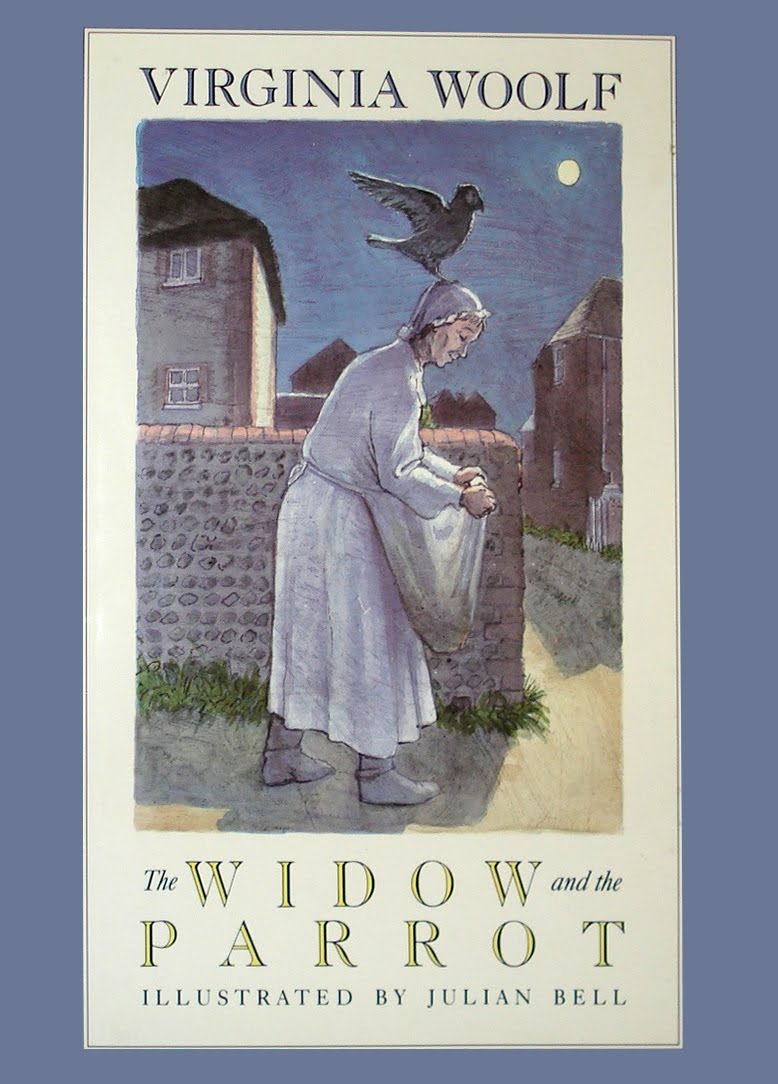 In 1923, with her greatest works still ahead of her, Virginia Woolf responded to a submissions call from a family newspaper called The Charleston Bulletin, published by her teenage nephews. The Widow and the Parrot is, roughly, a tongue-in-cheek moral story about kindness to animals and though Quentin, Woolf’s older nephew, bemoaned it as a disappointment and “a tease…based on the worst Victorian examples,” devoid of Woolf’s typical subversive humor he had hoped for, it remains a sweet reflection of character, her taking the time to contribute to a small family pet project in the heat of her literary career.
In 1923, with her greatest works still ahead of her, Virginia Woolf responded to a submissions call from a family newspaper called The Charleston Bulletin, published by her teenage nephews. The Widow and the Parrot is, roughly, a tongue-in-cheek moral story about kindness to animals and though Quentin, Woolf’s older nephew, bemoaned it as a disappointment and “a tease…based on the worst Victorian examples,” devoid of Woolf’s typical subversive humor he had hoped for, it remains a sweet reflection of character, her taking the time to contribute to a small family pet project in the heat of her literary career.The Widow and the Parrot stayed dormant in the archives of The Charleston Bulletin for over half a century, until it finally saw light of day in the 1982 issue of Redbook, celebrating 100 years since Woolf’s birth.
4. T.S. ELIOT
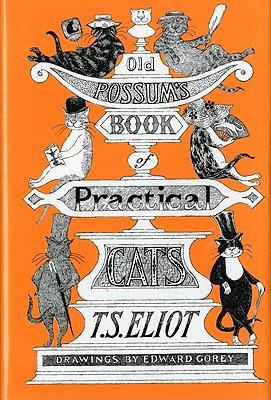 T.S. Eliot is often regarded as the most important English-language poet of the 20th century. In the 1930s, Eliot, under his assumed name “Old Possum,” wrote a series of letters to his godchildren, in which he included a handful of whimsical poems about feline psychology and sociology. They were eventually published in 1939 as Old Possum’s Book of Practical Cats, originally illustrated by the author himself. But, given our affinity for mid-century illustrator Edward Gorey, the even bigger treat is the 1982 edition illustrated by Gorey in his signature style of black-and-white drawings at the intersection of the macabre and the whimsical.
T.S. Eliot is often regarded as the most important English-language poet of the 20th century. In the 1930s, Eliot, under his assumed name “Old Possum,” wrote a series of letters to his godchildren, in which he included a handful of whimsical poems about feline psychology and sociology. They were eventually published in 1939 as Old Possum’s Book of Practical Cats, originally illustrated by the author himself. But, given our affinity for mid-century illustrator Edward Gorey, the even bigger treat is the 1982 edition illustrated by Gorey in his signature style of black-and-white drawings at the intersection of the macabre and the whimsical.Old Possum’s Book of Practical Cats is said to have inspired the iconic Broadway musical Cats.
5. MARY SHELLEY
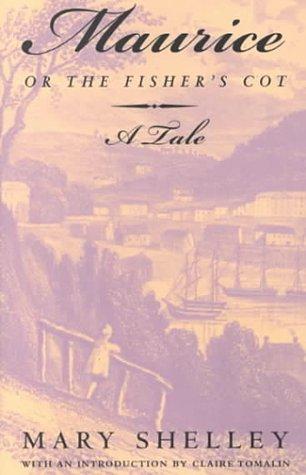 Between the time Mary Shelley published anonymous edition of her iconic Frankenstein in London in 1818 and the publication of the second edition in France in 1823, where her name appears for the first time, she penned Maurice, or The Fisher’s Cot — a children’s story Shelley wrote in 1820 for a daughter of friends. Shelley tried to have the story published by her father, William Godwin, but he refused, burying the text for nearly two centuries. In 1997, scholars discovered a manuscript copy was in Italy, considered one of modernity’s great feats of literary forensics.
Between the time Mary Shelley published anonymous edition of her iconic Frankenstein in London in 1818 and the publication of the second edition in France in 1823, where her name appears for the first time, she penned Maurice, or The Fisher’s Cot — a children’s story Shelley wrote in 1820 for a daughter of friends. Shelley tried to have the story published by her father, William Godwin, but he refused, burying the text for nearly two centuries. In 1997, scholars discovered a manuscript copy was in Italy, considered one of modernity’s great feats of literary forensics.The story, written in the straightforward Romantic language of poet William Wordsworth, whose work Shelley was reading at the time she composed Maurice, is about a boy searching for a home and his encounters with a traveller who turns out to be his long-lost father. With its melancholy tone and autobiographical undercurrents, the rediscovered text revealed a new glimpse of Shelley’s character and offered a precious missing link in the evolution of her literary style.
6. LEO TOLSTOY
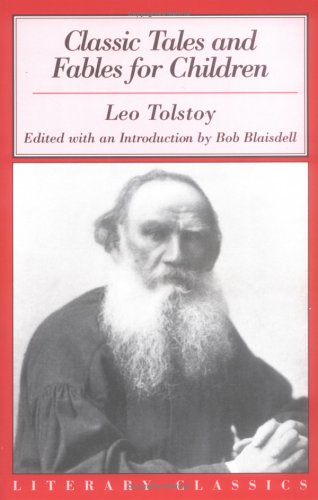 Iconic Russian novelist Leo Tolstoy may be best-known for his epics Anna Karenina and War and Peace, considered two of the greatest novels of all time, but he also had a keen and active interest in children and children’s literature. He founded a school for peasant children on his family’s estate, followed by a second, more experimental school with the motto, “Come when you like, leave when you like” — an early model for open education. Inspired by the simplicity and innocence with which the children of his schools told stories, he began writing about his own childhood, eventually publishing a series of alphabet books after War and Peace. Known as “The ABC Book” (Azbuka) and “The New ABC Book” (Novaia Azbuka), these easy readers were widely adopted in Russia’s education system and remained in use throughout the Soviet Era.
Iconic Russian novelist Leo Tolstoy may be best-known for his epics Anna Karenina and War and Peace, considered two of the greatest novels of all time, but he also had a keen and active interest in children and children’s literature. He founded a school for peasant children on his family’s estate, followed by a second, more experimental school with the motto, “Come when you like, leave when you like” — an early model for open education. Inspired by the simplicity and innocence with which the children of his schools told stories, he began writing about his own childhood, eventually publishing a series of alphabet books after War and Peace. Known as “The ABC Book” (Azbuka) and “The New ABC Book” (Novaia Azbuka), these easy readers were widely adopted in Russia’s education system and remained in use throughout the Soviet Era.Classic Tales and Fables for Children features a selection of stories and fables from Tolstoy’s classic primers. Always delightful, frequently humorous and never patronizing, these wonderful tales bespeak Tolstoy’s profound respect and appreciation for children’s unique creative and moral sensibilities, as well as his dedication to the broader aspirations of education.
7. OSCAR WILDE
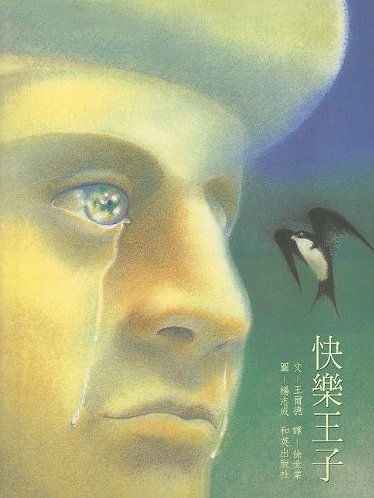 In 1888, before his most iconic plays and essays made grand their debut, Oscar Wilde wrote The Happy Prince and other Tales — a poetic collection of five children’s stories about happiness, life and death. Though the most popular Western version, illustrated by Laura Stutzman, is certainly a treat, nothing compares to the astounding 1992 Chinese translation (which features an English version in the back of the book) illustrated by renowned Chinese artist Ed Young.
In 1888, before his most iconic plays and essays made grand their debut, Oscar Wilde wrote The Happy Prince and other Tales — a poetic collection of five children’s stories about happiness, life and death. Though the most popular Western version, illustrated by Laura Stutzman, is certainly a treat, nothing compares to the astounding 1992 Chinese translation (which features an English version in the back of the book) illustrated by renowned Chinese artist Ed Young.The anthology’s title text, The Happy Prince, can be read online in its entirety, courtesy of The Literature Network.
Via Brain Pickings
1 comment:
I love this list! I want to read them all. =)
Thanks for sharing.
-Miss GOP
www.thewritingapprentice.com
Post a Comment